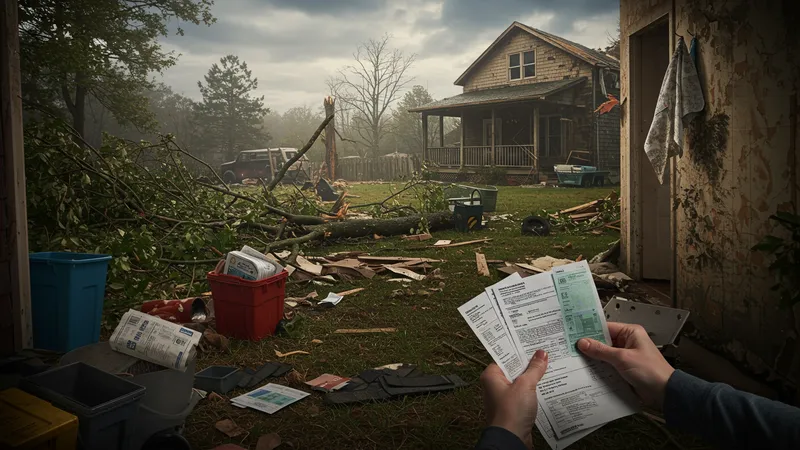
Disaster Insurance: Protecting Your Assets When The Unexpected Happens
The Hidden Costs No One Talks About
Beyond the obvious damage from natural disasters, hidden costs can pile up quickly. For example, even if your home insurance covers structural damage, what about the interim living expenses while your house is repaired? These unexpected bills can compound, straining finances further.

Consider costs like debris removal and secondary damages, such as mold resulting from water infiltration. Many policies provide coverage for these—but often, the coverage is capped at a low amount. Plus, not all types of mold damage are considered equal under policy terms. As you delve into the details, the complexity increases.
Some homeowners assume that their policy’s coverage limits automatically adjust with inflation and property value increases, but this isn’t always true. Many plans require annual reviews and adjustments to ensure adequate protection. The lesson? Regular policy evaluation is more crucial than it seems.
The next segment will dissect the elusive concept of policy riders—additional coverages tailored to plug those overlooked gaps. These can include invaluable protections like increased rebuilding costs or bespoke protection for high-value items. Knowing this could save you thousands, if not more. Ready to uncover more?